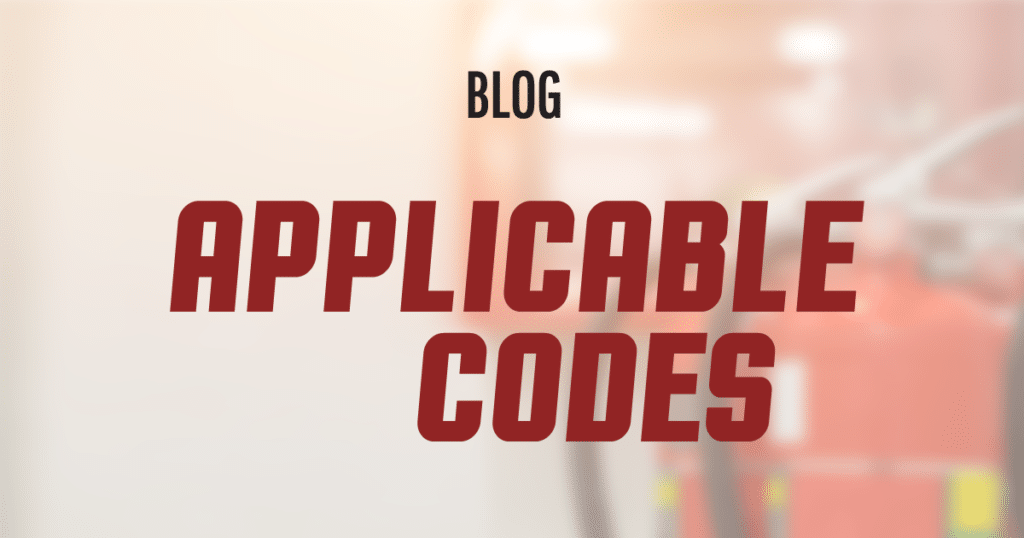Event Tents
Applicable Codes for Tents and Temporary Structures
One of the ways we help our customers is by educating them on the difference between Engineered and Non-Engineered tents. In this series, we will explore some of the complex factors that influence regulations and guidelines set forth by cities and municipalities that effect tented events and site plans, in particular – applicable building codes.
Many of the building codes that apply to tents come from an engineering document called, Minimum Design Loads and Associated Criteria for Buildings and Other Structures, written by the American Society of Civil Engineers, or ASCE7. This document outlines how buildings and structures should be built to safely withstand wind, elevation, geographic conditions, and other variables.
Just like how buildings have codes to protect the people who occupy and neighbor them, the same principles apply to tents – at Tent Renters Supply, we help our customers navigate the documents to provide some guidelines on what our tents can safely withstand.
The Temporary Structures Provision
Historically, the temporary nature of tents made city municipalities feel as though they did not need to undergo the same rigor or examination as a permanent building would. However, after a tent fire tragedy that claimed hundreds of lives and injured several hundred others, site planners and people in the events industries realized that standards should be re-assessed.
Under section 3103.1.1 of the ACSE7, the code states that:
Temporary structures and uses shall conform to structural strength, fire safety, means of egress, accessibility, light, ventilation, sanitary requirements of this code necessary to ensure the public safety of health and welfare.
“The best way I can describe it is that you’ve got the Florida building code or the international building code, which is essentially the standard,” says Matt Perra, Owner and Product Engineer at Tent Renters Supply.
“The building code says you must develop a structure that meets a particular wind rating – and the methodology of how you calculate wind load is established by the American Society of Civil Engineers.”
Decoding ASCE7
While there are these guidelines and codes in place, Perra explains that the difficulty lies in how many different interpretations of the code exist.
“We use the same calculations set forth in these documents to calculate what a safe wind level is for a tent, or whichever other conditions are acceptable for the tent to be erected,” he explains. “But that’s not the same as saying that a tent is meeting the code.”
At Tent Renters Supply, we are versed with the engineering documents and guidelines set forth by the ASCE7 and we provide generic documentation as initial guidance for site planners and those using tents in the rental and events industries. For more information, contact Tent Renters Supply today!

